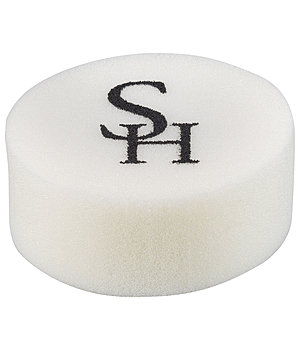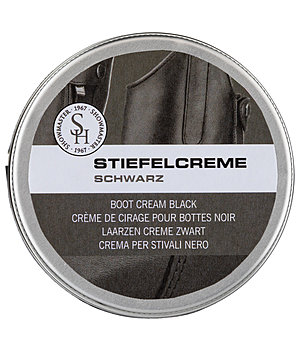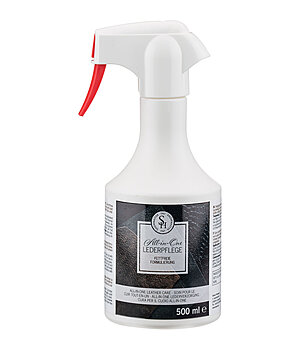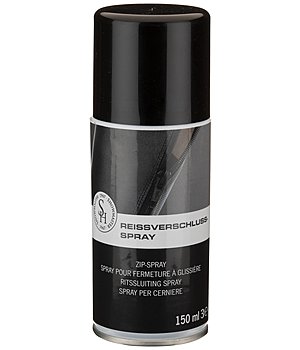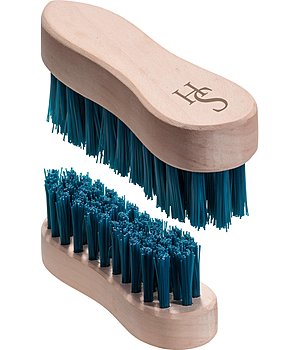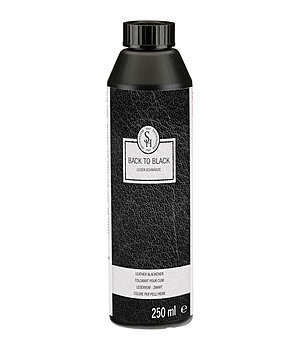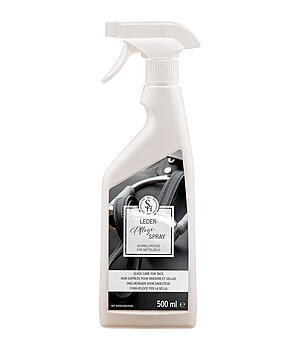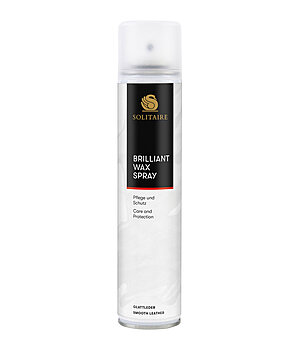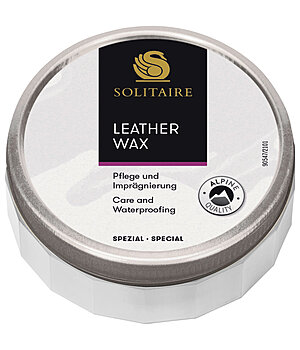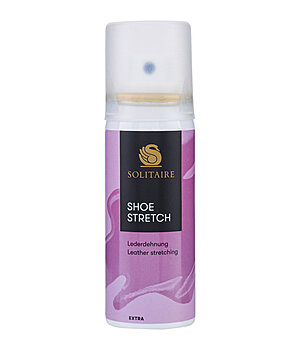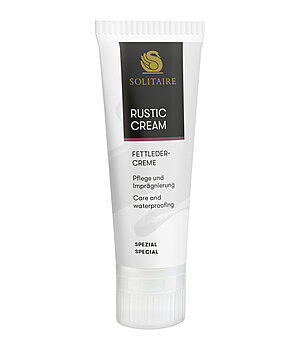The correct long riding boots care
Expensive leather riding boots require intensive and regular care. In order not to damage the boot, you should pay close attention to the materials for which the care product is suitable when choosing a care product. Oiled leather, for example, requires different care than smooth leather or suede.

The optimal care for your leather riding boots in 4 steps
1. Cleaning
Wash the leather riding boots with cold or lukewarm water and a sponge to remove dirt and sweat residues. If necessary, you can also use a cleaning care product (e.g. Bama Cleaner or Bama Care Lotion).
2. Drying
Allow the leather riding boot enough time to dry slowly. Place them in a dry place at room temperature. To speed up the process, you can stuff the boot with newspaper. Leather boots should never be dried in the direct sunlight or near the heater – this dries out the leather and makes it brittle.
3. Care
Once the leather riding boot is completely dry, the care can now be applied. Make sure that you use a product that is adapted to the requirements of the respective type of leather. The crease should be cared for particularly intensively, as it is very susceptible to breakage. Care for smooth leather is usually available as a lotion or cream, as the consistency leaves a nice shine. Greased and waxed leather should be re-waxed after cleaning.
4. Aftercare
Riding boots made of leather must be regularly re-impregnated. Although smooth leather is water-repellent due to its natural properties, the trearment not only protects the riding boot from penetrating moisture, but also from dirt. Here, too, use a product suitable for the material.
Selected Products for leather riding boot care
No Go’s for leather boot care
Hard brushes: Do not use hard brushes, they leave unsightly scratches in the leather. Special brushes and sponges for shoe care are the best choice.
Saddle soap: Is not suitable for thin, soft leather!
Cooking oil or grease: Common household oil or grease is unsuitable for leather care and not at all adapted to the needs of the material. Special shoe care creams or lotions are better.
Fast-track care: Leather requires intensive care. Take your time and make sure you allow enough time for drying and also rub the care products well into the material. After leather care, the boot should first be left to rest for at least an hour so that the care substances can develop.
How often should a leather riding boots be cared for?
How often a leather boot should be cared for depends on how often they are used. Someone who rides daily should therefore care for them more often than someone who sits in the saddle only once a week. However, riders should take time to care for their leather riding boot at least once a month.
The zip – the achilles heel of every riding boot?
Most leather riding boots are now equipped with a zip to make them easier to get into. The zip is subjected to the most wear and tear due to frequent putting on and taking off. However, it is often neglected during care, which in the long run can lead to the zip no longer functioning smoothly or even breaking. Therefore, treat zips regularly with a special zip spray.



